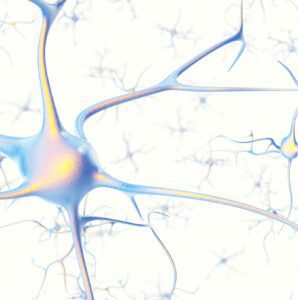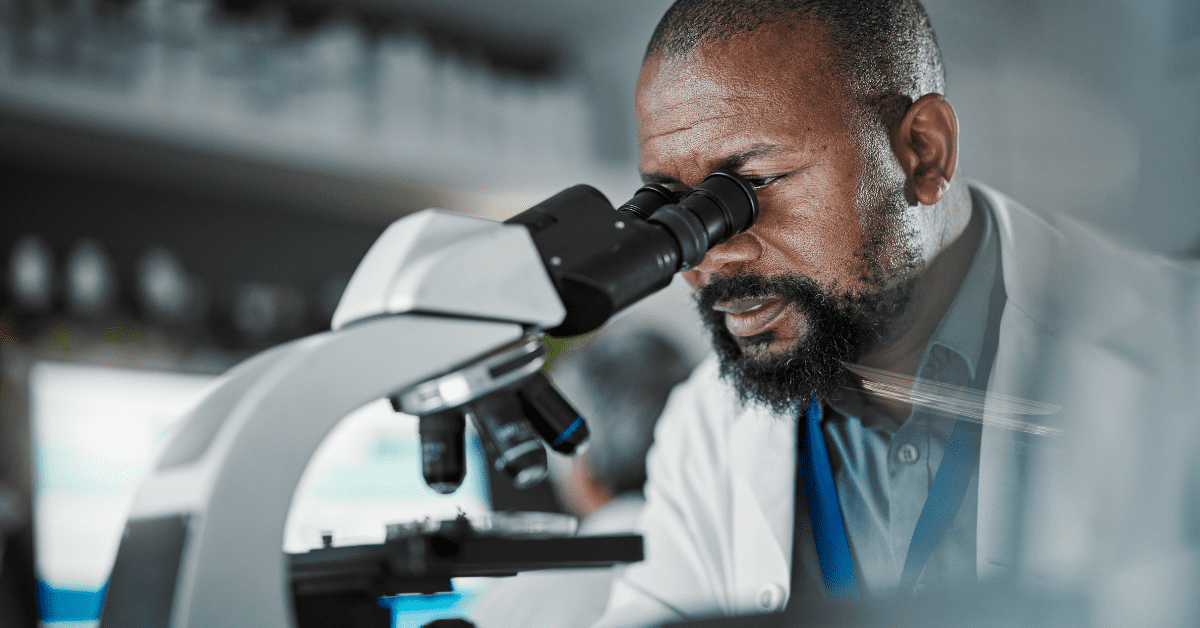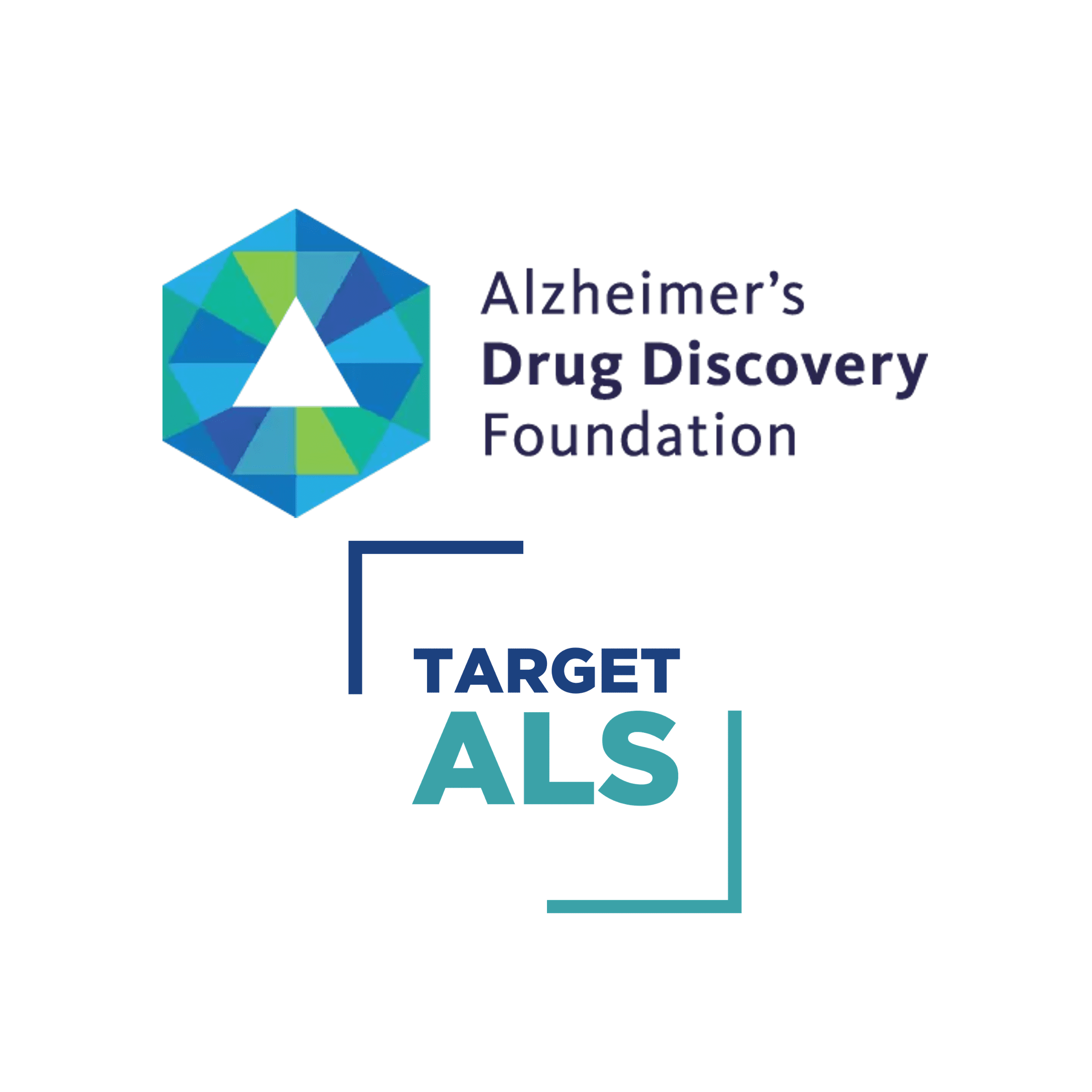
For many of us, mentioning “genetics” conjures up images of Gregor Mendel and his pea plants. So it may be time for a refresher.
Genetics, at its simplest, is the study of genes and their roles in inheritance. In humans, it explores how human characteristics are inherited from parents. Genetics explains how traits as simple as eye color or as complex as personality — or disease risk — run in families. Think of genes as units of heredity passed from parents to offspring. Every human cell contains about 20,000 to 25,000 genes.1
So how does this work? People inherit chromosomes, which contain genes, from their parents. Chromosomes come in pairs, and humans have 23 pairs. Within each pair, we inherited one chromosome from our mother and one from our father. Do the math, and you’ll discover there are 8,324,608 possible combinations of 23 chromosome pairs.2
Speaking the Language
To understand the basics of genetics, it helps to know a few basic terms:3,4,5,6
- A chromosome is composed of long strands of DNA that contains genes.
- DNA (deoxyribonucleic acid) is the primary genetic material of all cellular organisms. It carries genetic information/genes — the instructions — for making living things in the form of a double stand of nucleic acids.
- A gene is the fundamental unit of heredity. It’s a specific section of DNA that codes for a specific protein.
- RNA (ribonucleic acid) is a single-stranded nucleic acid found in the cell nucleus and cytoplasm, which plays a key role in protein synthesis. DNA serves as a template to generate RNA. There are several types of RNA, including messenger RNA, which serve as template to make proteins.
- Gene mutations are changes in DNA, and changes are sometimes passed on to offspring. These may account for differences among people, from risk for certain diseases to the color of their eyes.
Genetics and Disease
Gene mutations or chromosomal defects can cause genetic disorders. Understanding the genes associated with a condition — including ALS — can lead to earlier, more accurate diagnoses and help scientists discover new and more effective treatments.
What is Gene Therapy?
Gene therapy is the therapeutic delivery of genetic material to a person to compensate for a gene’s absence or dysfunction.7 One example of this is antisense oligonucleotides (ASO). Scientists can design ASOs to target the production of protein from just one gene — or one mutation.8,9,10 This holds promise for the treatment of ALS and other neurodegenerative conditions.
Polygenic, Multifactorial and Monogenic
Many neurodegenerative conditions are polygenic, which meant that they involve variants in multiple genes.11 Many of these conditions are also multifactorial, meaning they are determined by two or more genes, plus environmental factors. ALS is considered multifactorial, and research continues into the impact of environmental factors on the disease.12
A few diseases are monogenic disorders, meaning only one gene is involved.
Having a specific genetic mutation doesn’t always mean that a person will develop that related condition. In addition, various mutations of a single gene can lead to different outcomes.
Genetics vs. Genomics: What are the Differences?
Sometimes the terms “genetics” and “genomics” are used interchangeably. They shouldn’t be.
As we mentioned above, genetics deals with genes and their roles in inheritance. Genetics involves scientific studies of genes and their effects.
Genomics — in humans — is the study of all a person’s genes. It focuses on the structure, function, evolution, mapping and editing of genomes. Genome refers to the complete set of DNA, including all of its genes.13,14
Virtually every single cell in the body contains a complete copy of the approximately 3 billion DNA base pairs that make up the human genome. You may recall the Human Genome Project. The international research effort to read and map all the genes in the human body — the human genome — completed its task in April 2003. The result: A complete genetic blueprint for building a human being.15
Genomics offers new possibilities for both diagnostics and therapeutics.16 For example, research supported by Target ALS involves closely examining the mutated genes that contribute to ALS.
Recent Developments
In January 2022, researchers announced they had found nearly 700 genes that could play a role in ALS. Fifteen genes had been shown previously to contribute to ALS. Scientists have long suspected many more genes are involved, and this research suggests they were correct.
This achievement — enabled by machine learning — creates opportunities for drug discovery and a better understanding of ALS.17
This and other research opens the door to even more breakthroughs. To learn more about Target ALS-sponsored genetic and genomic research, visit www.targetals.org/research/.
Sources
1 Torpy JM, Lynm C, Glass RM. Genetics: the Basics. JAMA. 2008;299(11):1388. doi:10.1001/jama.299.11.1388
2 http://www.genesinlife.org/genetics-101/how-does-genetics-work
3 https://www.genome.gov/genetics-glossary/messenger-rna
4 Genetic Alliance; The New York-Mid-Atlantic Consortium for Genetic and Newborn Screening Services. Understanding Genetics: A New York, Mid-Atlantic Guide for Patients and Health Professionals. Washington (DC): Genetic Alliance; 2009 Jul 8. CHAPTER 1, GENETICS 101. https://www.ncbi.nlm.nih.gov/books/NBK115568/
5 https://www.genome.gov/human-genome-project
6 Torpy JM, JAMA op cit.
7 Di Fusco, D. et al.: Antisense Oligonucleotide: Basic Concepts and Therapeutic Application in Inflammatory Bowel Disease. Frontiers in Pharmacology 0 (2019)
8 Lewis, P.: Antisense therapy: a promising new way to treat neurological disease. The Conversation 2017
9 http://web.alsa.org/site/PageNavigator/ALSA_research_impact_antisense_technology
10 Rinaldi, C., Wood, M. Antisense oligonucleotides: the next frontier for treatment of neurological disorders. Nat Rev Neurol 14, 9–21 (2018). https://doi.org/10.1038/nrneurol.2017.148
11 Wang, J.C., Ramaswami, G. & Geschwind, D.H. Gene co-expression network analysis in human spinal cord highlights mechanisms underlying amyotrophic lateral sclerosis susceptibility. Sci Rep 11, 5748 (2021). https://doi.org/10.1038/s41598-021-85061-4
12 Keon, M. et al.: Destination Amyotrophic Lateral Sclerosis. Frontiers in Neurology 0 (March 2021) https://www.frontiersin.org/articles/10.3389/fneur.2021.596006/full
13 https://www.genome.gov/human-genome-project
14 Fact Sheets about Genomics – Genome.gov. https://www.genome.gov/about-genomics/fact-sheets/Genetics-vs-Genomics
15 Basic Genetics and Genomics: A Primer for Nurses May 2009 https://ojin.nursingworld.org/MainMenuCategories/ANAMarketplace/ANAPeriodicals/OJIN/TableofContents/Vol142009/No2May09/Articles-Previous-Topics/Basic-Genetics-and-Genomics.html
16 https://www.jax.org/personalized-medicine/precision-medicine-and-you/genetics-vs-genomics#
17 https://med.stanford.edu/news/all-news/2022/01/genes-amyotrophic-lateral-sclerosis.html





